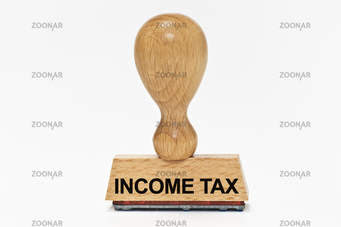Place of Effective Management:
(i) In case of companies engaged in active business outside India
POEM of a company engaged in active business shall be presumed to be outside India if the
majority of the board meetings are held outside India.
However, in case the Board is not exercising its powers of management and such powers are
being exercised by either the holding company or any other person, resident in India, then
POEM shall be considered to be in India.
For this purpose, merely because the Board of Directors (BOD) follows general and objective
principles of global policy of the group laid down by the parent entity which may be in the field
of Pay roll functions, Accounting, Human resource (HR) functions, IT infrastructure and
network platforms, Supply chain functions, Routine banking operational procedures, and not
being specific to any entity or group of entities per se; would not constitute a case of BoD of
companies standing aside.
For the purpose of determining whether the company is engaged in active business outside
India, the average of the data of the previous year and two years prior to that shall be taken
into account. In case the company has been in existence for a shorter period, then, data of
such period shall be considered. Where the accounting year for tax purposes, in accordance
with laws of country of incorporation of the company, is different from the previous year, then,
data of the accounting year that ends during the relevant previous year and two accounting
years preceding it shall be considered.
(ii) In case of companies not engaged in active business outside India
The guidelines provide a two-stage process for determination of POEM in case of companies
not engaged in active business.
(a) First stage: Identifying the person(s) who actually make the key management and
commercial decisions for the conduct of the company as a whole.
(b) Second stage: Determining the place where these decisions are, in fact, being made.
The place where these management decisions are taken would be more important than
the place where such decisions are implemented. For the purpose of determination of
POEM, it is the substance which would be conclusive rather than the form.
majority of the board meetings are held outside India.
However, in case the Board is not exercising its powers of management and such powers are
being exercised by either the holding company or any other person, resident in India, then
POEM shall be considered to be in India.
For this purpose, merely because the Board of Directors (BOD) follows general and objective
principles of global policy of the group laid down by the parent entity which may be in the field
of Pay roll functions, Accounting, Human resource (HR) functions, IT infrastructure and
network platforms, Supply chain functions, Routine banking operational procedures, and not
being specific to any entity or group of entities per se; would not constitute a case of BoD of
companies standing aside.
For the purpose of determining whether the company is engaged in active business outside
India, the average of the data of the previous year and two years prior to that shall be taken
into account. In case the company has been in existence for a shorter period, then, data of
such period shall be considered. Where the accounting year for tax purposes, in accordance
with laws of country of incorporation of the company, is different from the previous year, then,
data of the accounting year that ends during the relevant previous year and two accounting
years preceding it shall be considered.
(ii) In case of companies not engaged in active business outside India
The guidelines provide a two-stage process for determination of POEM in case of companies
not engaged in active business.
(a) First stage: Identifying the person(s) who actually make the key management and
commercial decisions for the conduct of the company as a whole.
(b) Second stage: Determining the place where these decisions are, in fact, being made.
The place where these management decisions are taken would be more important than
the place where such decisions are implemented. For the purpose of determination of
POEM, it is the substance which would be conclusive rather than the form.




